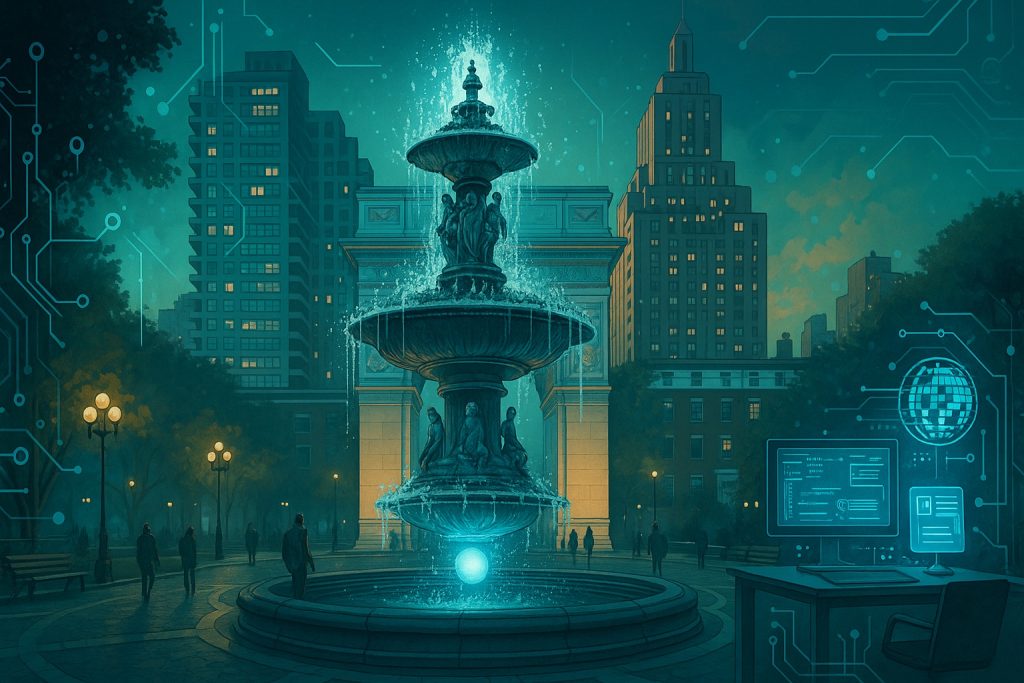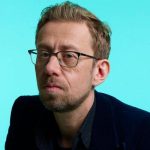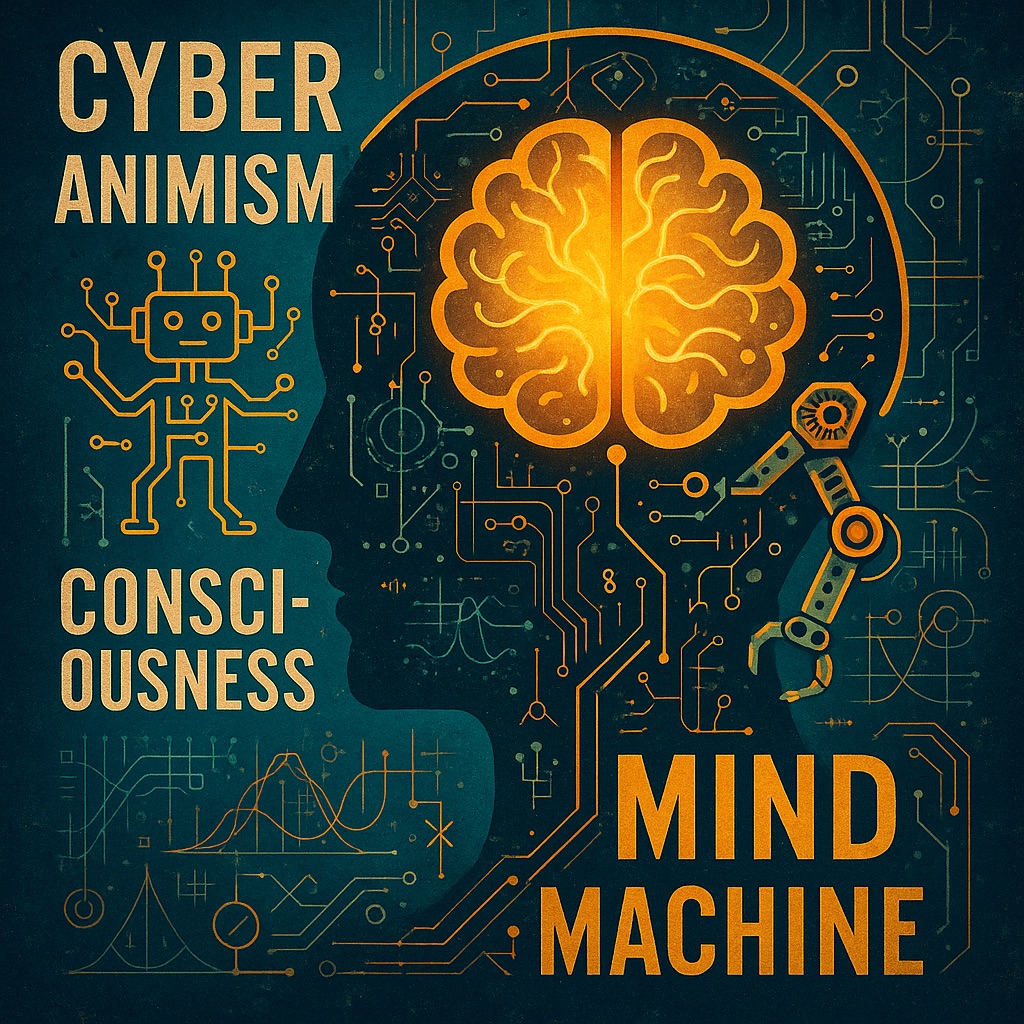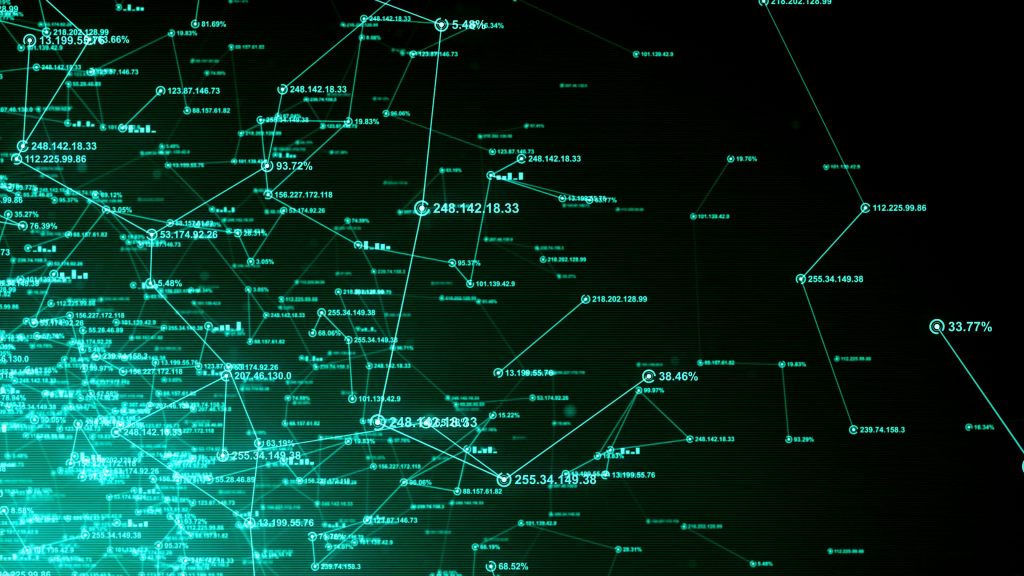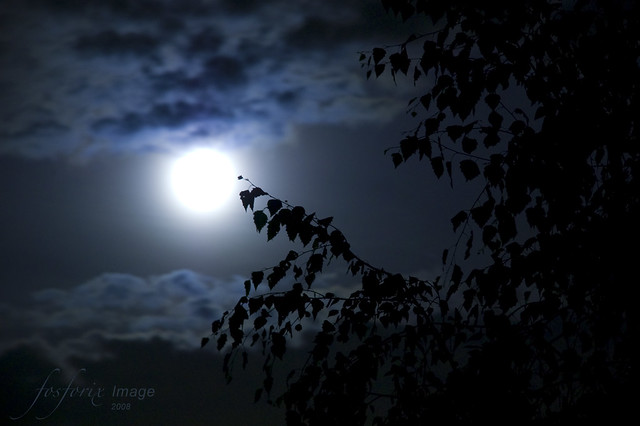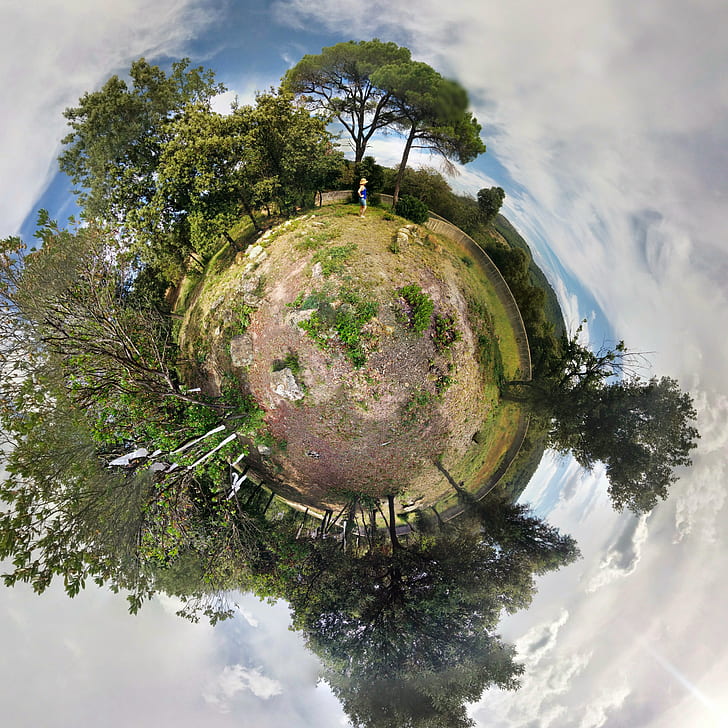Field Notes on Mind, Matter, and Machine
In his personal report from Deep Tech Week, Daniel Pinchbeck outlines emerging theories at the intersection of consciousness and technology—from quantum microtubules to cyber-animism. Engaging thinkers like Hameroff, Bach, and Theise, he traces a shifting paradigm where spirituality and science begin to speak a common, if uncanny, language.
Excerpted, with kind permission, from Daniel Pinchbeck’s Substack
As a part of Deep Tech week, I went to a talk on consciousness at the expansive Brooklyn Navy Yard with speakers including Stuart Hamerhoff and Joscha Bach. Hamerhoff, an anesthesiologist, is known for developing quantum consciousness theory — also known as Orchestrated Objective Reduction (Orch-OR) — with physicist Roger Penrose. They posit that consciousness arises as a result of quantum computations performed by microtubules, which are tiny protein structures inside our neurons. The microtubules supposedly support quantum coherence, a state where quantum bits can exist in multiple states simultaneously.
Penrose has developed a thesis (“objective reduction”) on how the collapse of the quantum wave-form happens because of processes linked to the fundamental nature of space-time, rather than through measurement or observation. He theorizes that gravity and the structure of spacetime itself can’t support large-scale “superpositions” for long. When the difference in mass-energy between various potential states reaches a critical threshold—creating significantly different curvatures in spacetime—the superposition becomes unstable and collapses on its own, objectively, without any external observer. This collapse is not random, but influenced by the deep geometry of spacetime, and Penrose speculates that it lies at the origin of conscious experience.
Penrose and Hameroff’s thesis aims to explain the “hard problem” of consciousness by rooting it in the quantum fabric of reality itself. I find it an interesting question whether their work on quantum microtubules supports or contradicts analytic idealism, a philosophical perspective championed by Bernardo Kastrup, Amit Goswami, and other thinkers, including myself. While “Orch-OR” proposes a physicalist framework in which certain quantum computations in the brain give rise to subjective experience, a synthesis seems plausible.
Instead of fully explaining consciousness, Penrose and Hameroff’s thesis could be a description of how localized, individual awareness arises within a deeper, universal field of mind. The quantum microtubules would be something like tuning forks resonating with the more fundamental, indivisible substrate of consciousness. They would not be instruments that generate it ex nihilo.
While Hameroff was fascinating, I was most tickled by Joscha Bach, who spoke on his idea of “cyber animism” — a new concept for me. Bach proposes that consciousness, often viewed as a purely biological phenomenon, can be better understood through the lens of software and self-organizing systems.
He sees a parallel to animism — the belief that objects, places, and creatures possess a distinct spiritual essence — suggesting that consciousness could be a similar “spirit” or agent that emerges out of complex systems, or simulations.
Bach argues that consciousness could be a kind of software running on our brains, or perhaps even that the brain itself is a form of software running on a physical substrate. In his book Principles of Synthetic Intelligence, he writes “Some people think that a simulation can’t be conscious and only a physical system can. But they got it completely backward: a physical system cannot be conscious. Only a simulation can be conscious. Consciousness is a simulated property of the simulated self.”
He compares software programs—especially intelligent, self-regulating ones—and spirits in animist cosmology. He theorizes that consciousness, agency, and “mind” are emergent properties of information-processing systems, and that our ancestors may have intuited something similar through animist frameworks: ““Spirit is what people called the operating system of an autonomous system before they knew what software was. In a sense, our ancestors were right: we are animated by software.” I hope to assimilate his mind-blowing theory more fully, at a later date. Here is a short lecture where Bach introduces his ideas.
A few days later I went to another Deep Tech Week at the chic Neuhaus co-working space, also on consciousness. This one was titled: “A Bridge Between Worlds.” According to the description:
How can we build bridges between different ways of knowing? Today, science and spirituality are often depicted as being in tension. Can we uncover deeper connections that bridge these domains – and, in doing so, find a way through the murky times we live in?
Speakers were Dr. Alan Lightman (author, The Miraculous from the Material), Dr Scarlet Soriano, Dr Katy Hinman, Dr Robert Lawrence Kuhn (host of Closer to Truth on PBS), and my friend Dr Neil Theise, author of the very satisfying short book, Notes on Complexity. A well-produced but somewhat dull documentary on Lightman’s “materialist spirituality” was screened, followed by a discussion where Lightman and Kuhn defended the materialist position. Perhaps I am biased, but I found Theise’s explanation of idealism to be far more compelling. For me, Kuhn, particularly, represented a certain type of rigidified 20th Century mind which just can’t get beyond the materialist paradigm, incapable of taking the next logical step, which Theise explained patiently, using Gödel’s incompleteness theorem.
For Theise, Gödel’s incompleteness theorem helps us overturn the materialist view that reality can be totally explained within a closed system of physical laws. Just as Gödel showed that any formal system contains true statements it cannot prove from within itself, consciousness cannot be accounted for by materialist science alone. Physicalists seek to explain mind from within their belief in a universe of matter. This opens the door to idealism by suggesting that consciousness could be a fundamental feature of reality, not a byproduct.
Gödel’s theorem can’t mathematically prove idealism, but it undermines the premise of a self-sufficient physical universe, allowing us to consider consciousness as primary. Theise links this to complexity theory, where emergent phenomena defy reductionist explanation, leading to a more entangled, participatory model of the universe—one in which subject and object, observer and observed, are inseparable. Kuhn, sadly, could only keep replying that Theise’s view integrating Gödel’s theorem was only one way to look at things, and it didn’t preclude another view where material was primary, missing Theise’s point.
There were other wonderful events last week as well. Saturday night, I went to an immersive light-and-sound experience put on by the Psychedelic Sangha at Judson Church off Washington Square. Titled “BARDO BATH: Chöd”, described here:
“Enter the charnel ground and cut through the demons of ego-clinging with a live avant-garde electric guitar performance by ISAIAH MITCHELL (Earthless), featuring original animated artwork by ARIK MOONHAWK ROPER (Vision of the Hawk), YOSUH JONES (Psychedelic Sangha), and AUBREY NEHRING (Portable Shrines). With bardo navigation by DOC KELLEY (Psychedelic Sangha).”
This turned out to be a deeply meditative, even profound, experience riffing off of the more religious approach of mid-1960s psychedelic culture, found in Timothy Leary and Ram Dass’s famous manual, The Psychedelic Experience, which tried to integrate LSD visions with the bardo realms described in The Tibetan Book of Dead (I wrote an introduction to the re-issue of The Psychedelic Experience years ago). It ended with a rousing collective chant to evict and exorcise the demons infesting our reality through a magical rite designed to levitate the fountain in Washington Square Park.
We didn’t quite succeed — but maybe next time.
